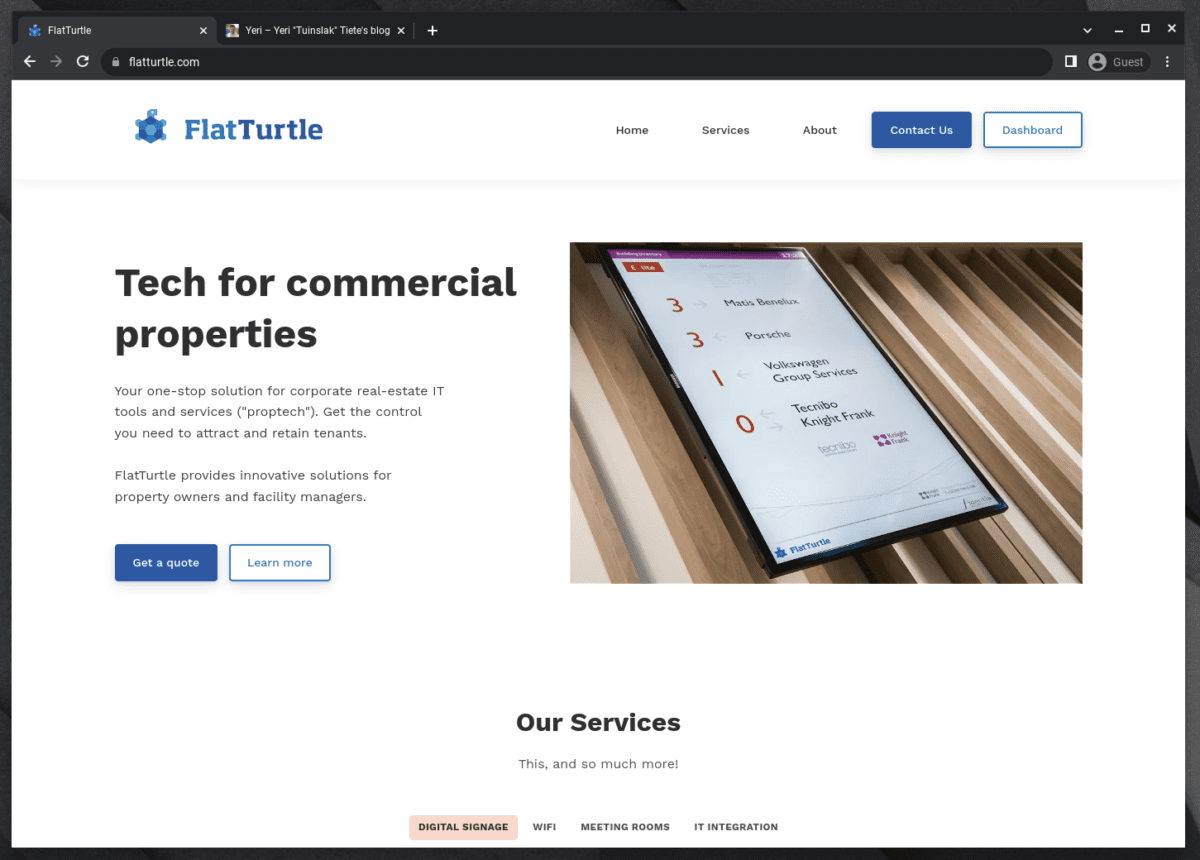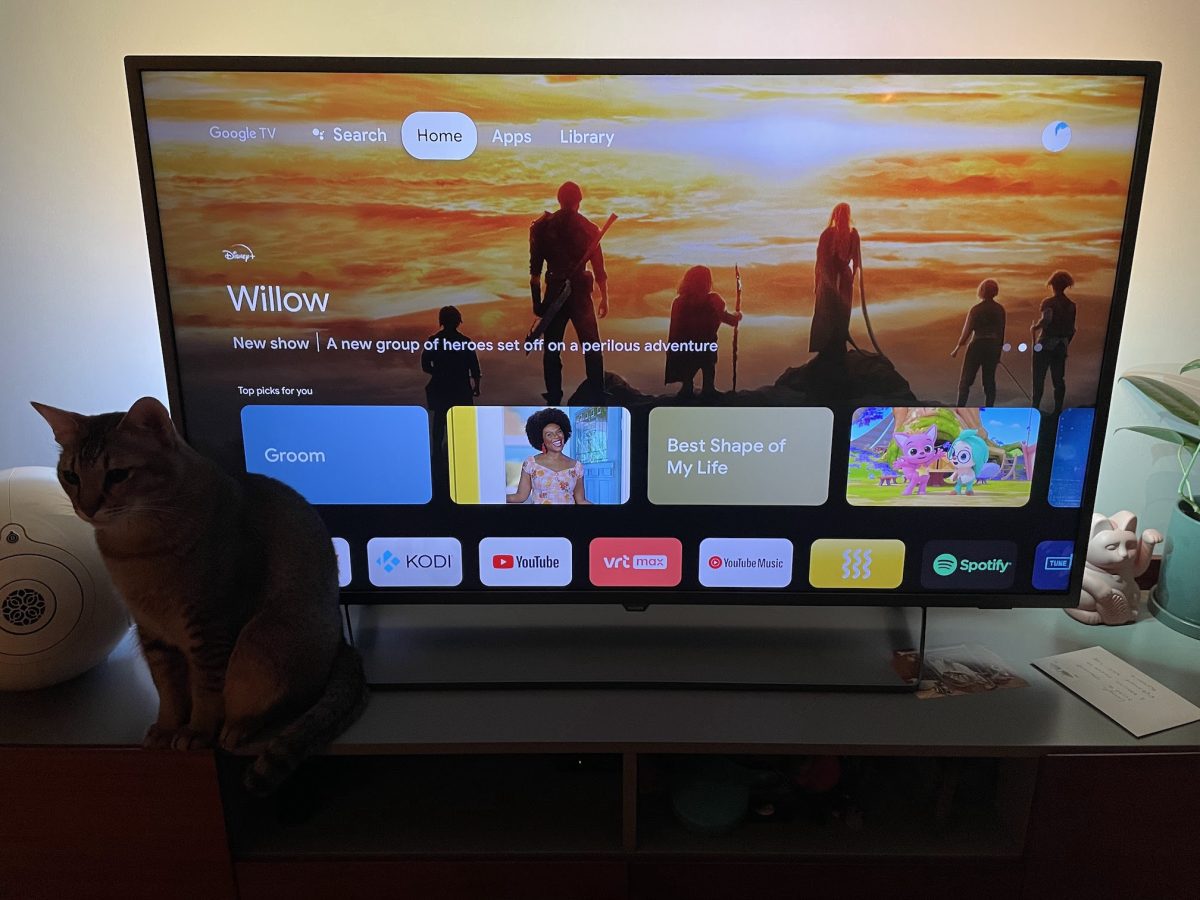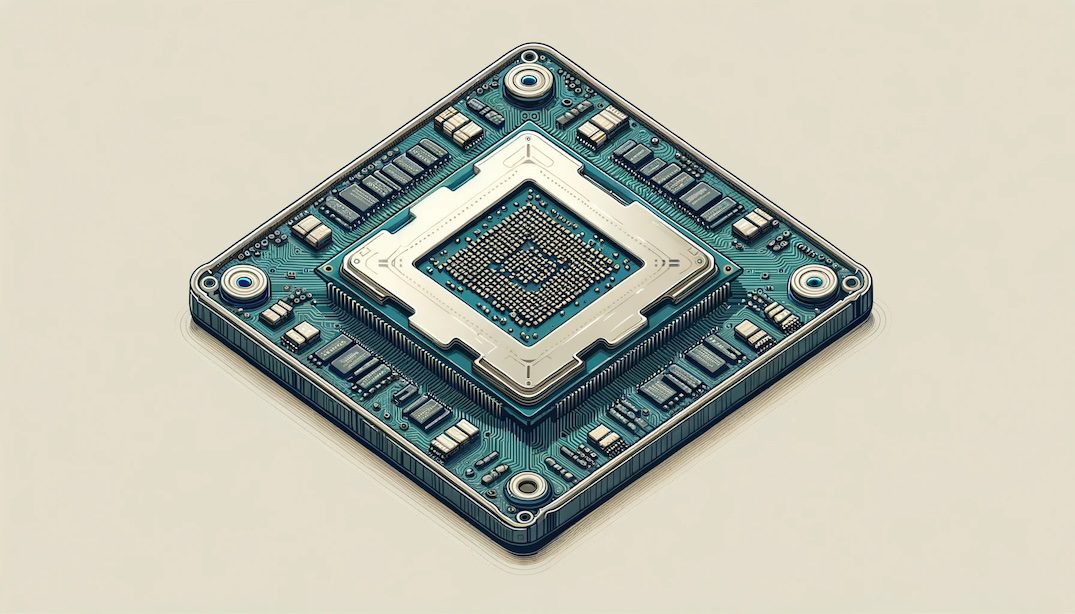Tag: chrome
-

GVC Chromebox to Vanilla Chromebox
Oh, man. Recently got my hands on an old Asus CN65. Back in the olden days at Google we were always tinkering with these devices (and they were a breeze to support). Great “parent devices” as they are really hard to destroy (aka download dodgy shit and fill them with viruses). This post is mostly…
-

Google TV recommendations
Google recently updated their Google TV, to include “in your face” supposedly recommendations. I don’t mind recommendations if…: a/ they are useful (i.e. I don’t see how kid shows are something I’d be interested in; and Google has no idea Ila exists, and she’s at least 2-3 years too young to watch those shows anyway).…
-

Custom CPUs
“Google developing own CPUs for Chromebook laptops“. Interesting to see that many years after Apple started creating their CPUs for the iPhone (and now laptops/desktops), so many companies are following. Google is not new to building their chips (TPU, Titan (used in security keys and as encryption module for servers/Pixel phones), and likely more), but…
-
Use Google.com instead of .be in Chrome
Why? Google.be lags on new features no +1 in .be no social integration no instant search probably a million other experiments that run on .com but not on .be The black-bar is entirely different on .be, don’t know why Better G+ integration, not that I would ever use it .be lagged on https as well,…
-
Greatly increase Chrome performance
Using experiments. My Chrome version: 19.0.1084.52 (mac) Surf to: chrome://flags/ I enabled following flags, and so far it’s still working great: Threaded compositing Mac, Windows, Linux, Chrome OS GPU Accelerated SVG and CSS Filters Mac, Windows, Linux, Chrome OS HTTP Pipelining Mac, Windows, Linux, Chrome OS Built-in Asynchronous DNS Mac, Windows, Linux, Chrome OS Pipelining requires a somewhat more decent internet…
-
ChromeOS
I laughed.
-
Blog stats
Well, seems like Firefox is the most popular browser visiting this site. And on 2nd place.. Safari?! Who on earth uses Safari? Oh, but I guess mobile device, such as the iPhone & Symbian use webkit/Safari-like browser. Well, let’s see if Google Chrome gets in that list. If only they’d release it for other OS’es…

